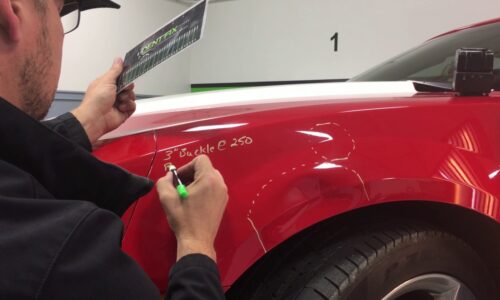Whether you are going home to visit relatives for the holidays or just wanting to hit the road to see a new adventure spot, safety should always be a priority. Follow these tried-and-tested safety tips so your next long-distance drive can be worry-free.

-
Get Tons of Sleep
Getting seven hours of sleep for two consecutive nights is highly recommended to absolutely ensure you have the energy and resistance for any kind of long drive. Dr. Michael Breus, the Sleep Doctor, also recommends avoiding driving between 1:00 and 3:00 p.m. as this is when the body is naturally drowsy.
-
Eat and Stay Hydrated
Don’t gorge too much on fast food or heavy meals in general. It will make you feel bloated or uncomfortable. That’s not something you want for a long drive. Instead, eat snacks and drink lots of water at regular intervals.
-
Take Occasional Breaks
Experts suggest taking a break every two hours or every 125 miles on a long-distance trip is optimal to regain energy and focus. Get out of the car and stretch for a bit. You can plan breaks ahead of time to coincide at mealtimes or at interesting sights you can pass by.
-
Sit Up Straight
Before you start, adjust the seat properly to your body. Posture is important in driving so you won’t get unnecessary back pains and fatigue. A long-distance drive spells countless hours on the road, and bad posture can exacerbate any tension your body might already be feeling. Check out this guide on various exercises you can do during a long drive to move the body, relieve stress, and loosen tired muscles. While doing it, you may play your favorite music to add to the fun.
-
Play Some Sounds
Music in the car is a good way to keep engaged. Audiobooks have also been proven to keep the brain active without being too distractive, and if there are other people around, sounds keep them entertained. An argument can definitely be made that preoccupied passengers mean fewer distractions for the driver.
-
Share the Driving Responsibility
You’ll be less likely to get tired if you take turns behind the wheel with someone else. Driving for more than ten hours a day is generally not advised. Even if the trip is less than that time, driving for hours straight can be exhausting and impair your focus on the road.
-
Check the Car Condition
Check if your car tires are inflated properly and all fluids are sufficiently within their prescribed levels. If you’re expecting to drive over the dirt road, make sure you have key accessories in check. Fender flares, in general, are good to keep excessive dirt off your car’s exterior. For a more thorough check, ask a mechanic to do it.
-
Fuel Your Car Up
It goes without saying that your car needs fuel in order to run, even if you’re not traveling far. Also, don’t wait for the gas gauge to say the tank is empty before refueling. Driving long distance sometimes mean there aren’t many gas stations in any given area.
-
Conserve Gas
Changing the way you drive can help save up on gas. Minimize abrupt starts and breaks, only bring the things absolutely needed so unnecessary weight isn’t added to the vehicle, and slow down. In fact, an average car that runs 55 mph burns way less fuel compared to one at a speed of 70 mph.
-
Put Your Seatbelts On
This one’s a no-brainer, but it needs to be mentioned anyway. Make sure everyone in the car securely fastens their seatbelts. Yes, it can get a bit uncomfortable, but safety is something that no one should compromise on. In some states, it’s even the law.

